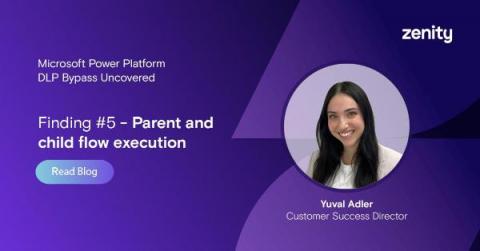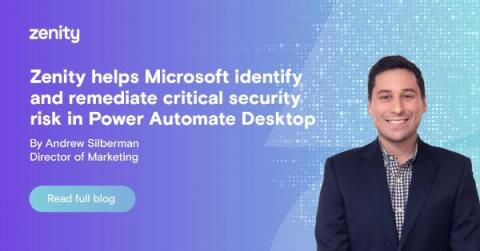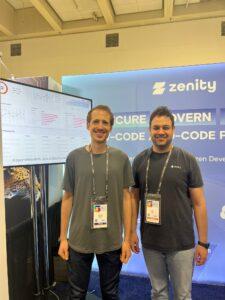An Explainer for how AI and Low-Code/No-Code are Friends, not Foes
In today’s rapidly evolving digital landscape, organizations not only seek out, but need to harness the power of emerging technologies to stay ahead of the competition. Two of the most promising trends in the tech world are generative AI and low-code/no-code development. Generative AI, in particular, has generated the majority of the headlines, with seemingly infinite use cases to spur productivity for end users and business.








